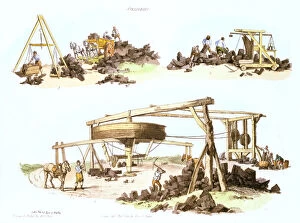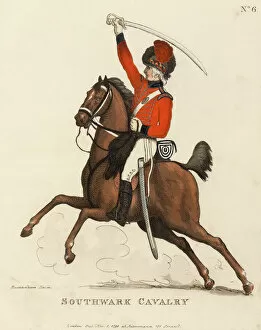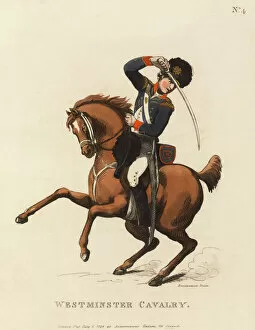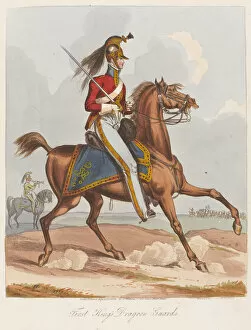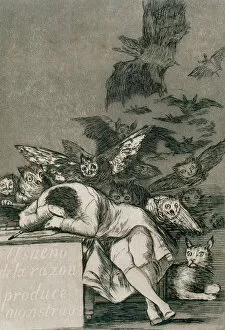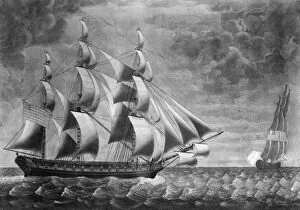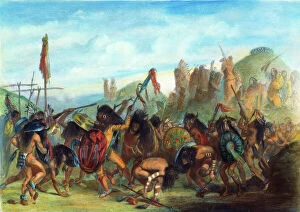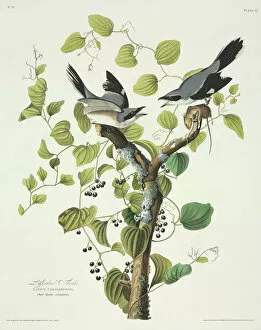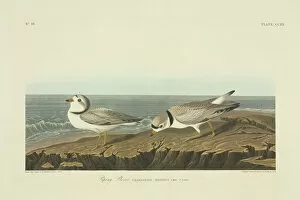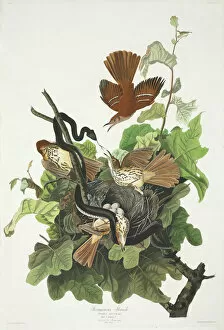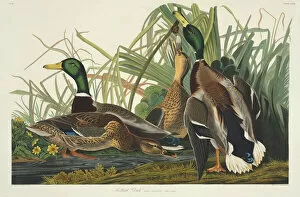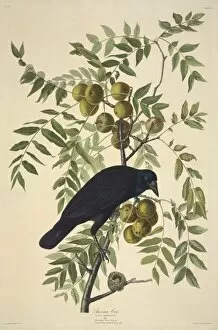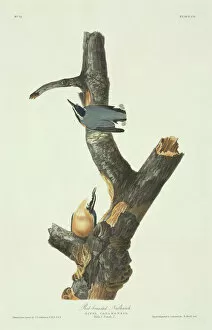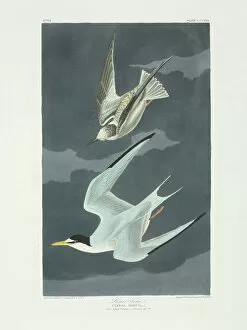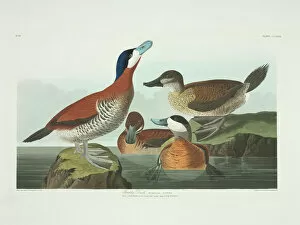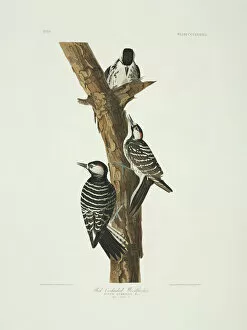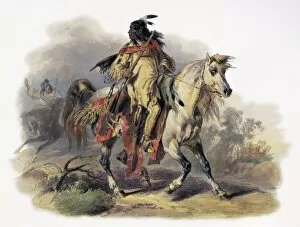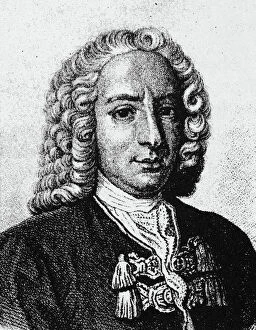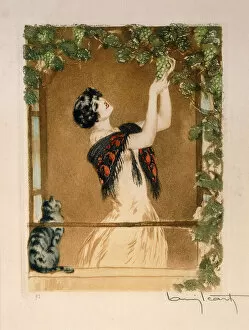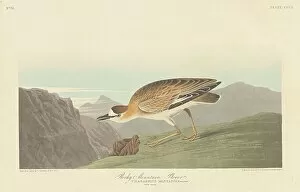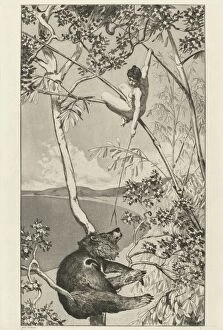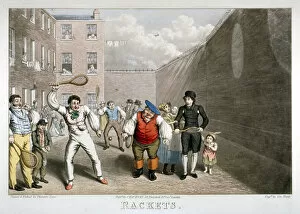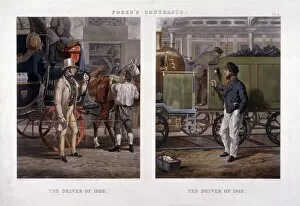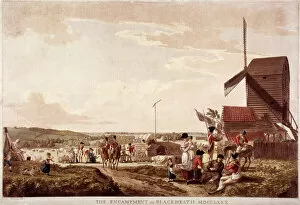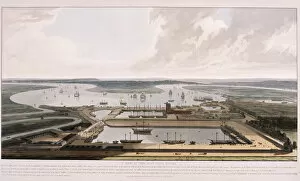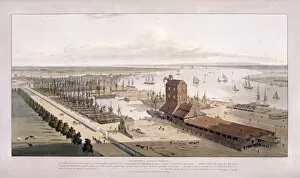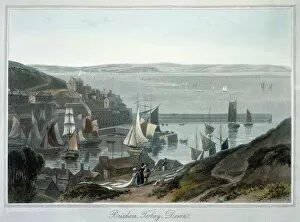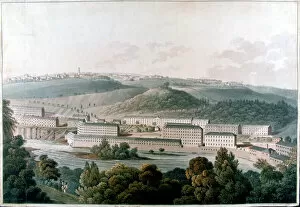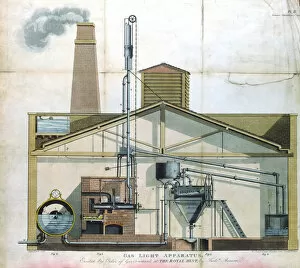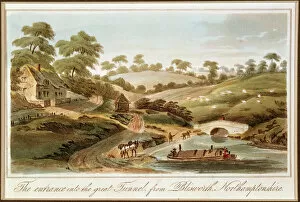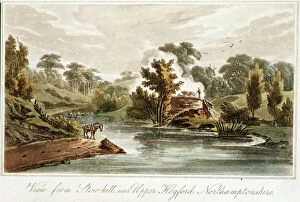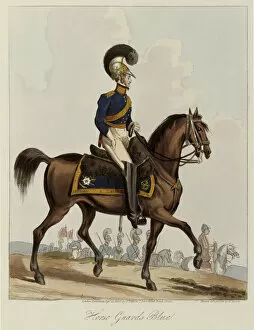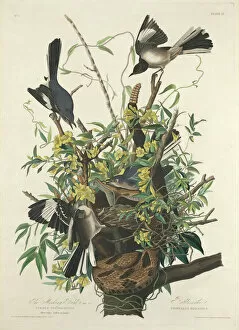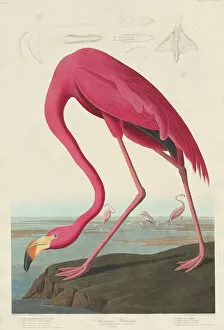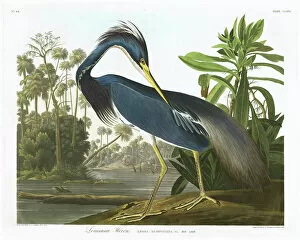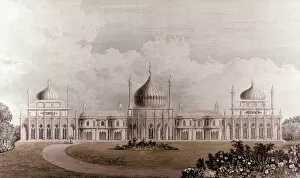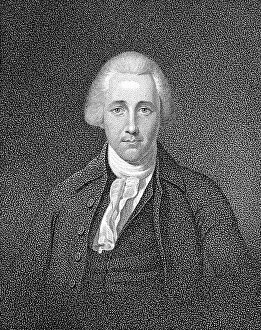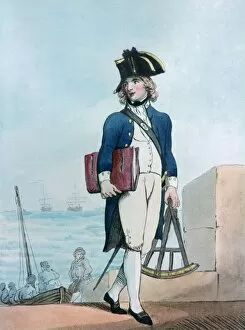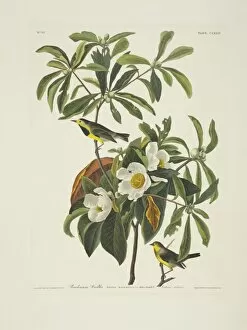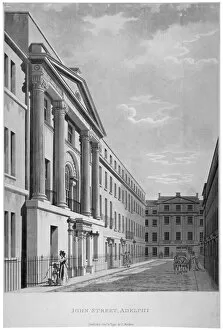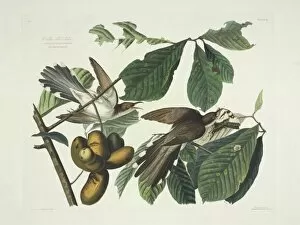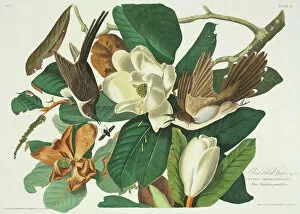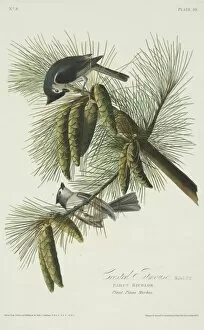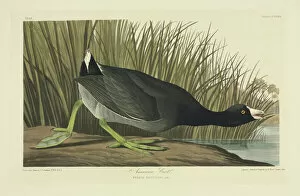Aquatint Collection (page 2)
Aquatint: Capturing the Essence of Artistic Expression From Edvard Munch's iconic masterpiece "The Kiss" to George Stephenson's groundbreaking locomotive "The Rocket
For sale as Licensed Images
Choose your image, Select your licence and Download the media
Aquatint: Capturing the Essence of Artistic Expression From Edvard Munch's iconic masterpiece "The Kiss" to George Stephenson's groundbreaking locomotive "The Rocket, " aquatint has played a significant role in immortalizing these remarkable creations. This printmaking technique, often combined with drypoint, allows artists to achieve stunning tonal variations and depth in their works. Nicholas Pocock's maritime scenes like "The Speedy and El Gamo" come alive through the intricate lines and delicate shading achieved by aquatint. Similarly, Francisco de Goya's darkly satirical series "Los Caprichos" showcases his mastery of this technique as he delves into the complexities of human nature. In historical depictions such as the Battle of New Orleans or Telford's suspension bridge across Menai Straits, aquatint breathes life into these monumental events. The meticulous detailing captures every nuance, transporting viewers back in time to experience these moments firsthand. Not limited to grand spectacles alone, it also finds its place in capturing everyday beauty. Ambroise Louis Garneray and Frederic Martens' enchanting piece "Peche du Cachalot" portrays the majesty of whale hunting with exquisite precision. Meanwhile, William Daniell transports us to Mevagissey in Cornwall with his evocative depiction from 1825. Even architectural wonders like Christ Church in Spitalfields or Berkeley Square in Mayfair are brought to life through aquatint. The careful etching techniques highlight every intricate detail while maintaining an ethereal quality that adds charm and character to these structures. Whether it is showcasing natural landscapes or man-made marvels like paddle steamers or pelicans soaring above tranquil waters, aquatint continues to captivate art enthusiasts worldwide. Its ability to create rich textures and evoke emotions makes it a timeless medium that stands at the intersection between technical precision and artistic expression.

